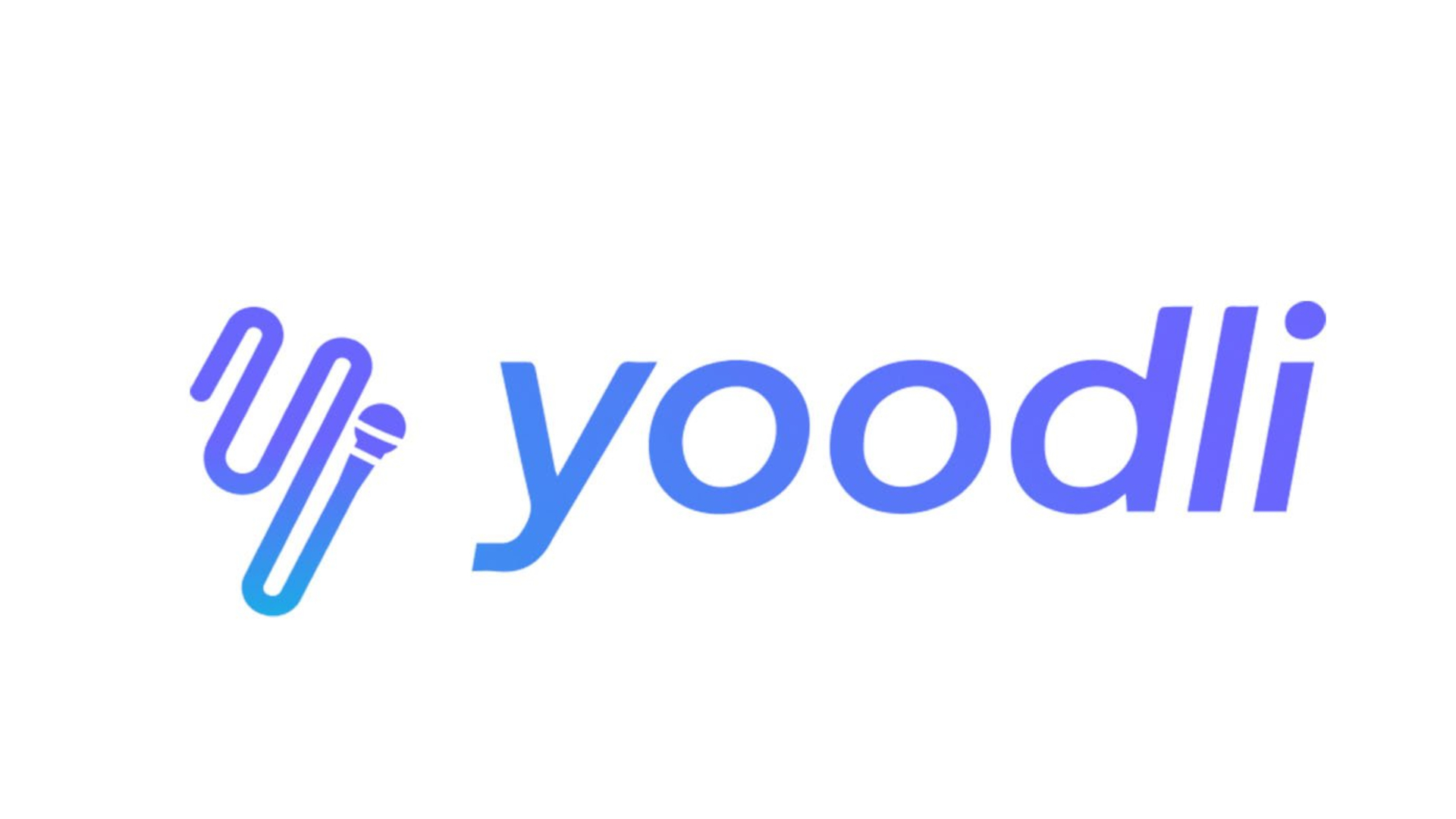Staff Development 2.0
A report recently released by the Center on Education Policy (see News & Trends) reveals that the four-year-old No Child Left Behind Act has indeed served to shine a light on the importance of professional development for K-12 educators. Beyond that basic fact, though, any real broad-based impact on the training of educators remains inconclusive. While the majority of states reports that NCLB has served to ratchet up the quality of professional development, most districts say it's had "minimal" effect.
Whatever the truth, concerns about professional development are sure to remain front and center in the foreseeable future. The definition of highly qualified as it applies to educators will evolve with changing technology and the increasing emphasis on accountability and customized learning.
How should districts plan for successful and sustained technology-infused professional development? Here are eight crucial ingredients to a high-quality program.
1. Think Multiples.
Effective programs recognize that all educators are not equal when it comes to applying technology to the learning process. A truly effective professional development program may have multiple courses occurring simultaneously, while addressing the needs of multiple types of learners.
For example, Adlai Stevenson High School in Lincolnshire, Illinois, requires every teacher to have a core level of technology competency and demonstrate mastery on a formal assessment. To prepare teachers for this, technology training and integration manager Charlene Chausis offers a dozen 30-minute sessions a week in the school's staff development lab. "Knowing that our staff has achieved a core level of proficiency allows us to move ahead and focus on the topic of integration," Chausis says.
Teachers can also elect to take the "Power Rangers" program, in which they make a commitment to participate in eight hours of professional development each semester in exchange for a laptop computer. This group of teachers then meets with Chausis on a monthly basis to develop integration strategies that can be extended to the entire staff.
Tools and ideas to transform education. Sign up below.
To prepare for professional development, the assessment of educator skill level and readiness is absolutely critical. eListen by Scantron provides a Web-based survey for collecting data that can be used to plan for professional development. Coupled with district goals and expectations for student achievement, survey results provide a data-driven foundation for moving forward with training.
2. Align with Goals.
It's key that schools or districts identify technology standards for students and teachers and frame those standards as learning outcomes for students. A sound procedure is for administrators to employ formal data collection strategies to evaluate teacher mastery of standards and their impact on actual instruction. These standards should drive further professional development planning.
District 99 in Downers Grove, Illinois, has developed the Learner Standards for Technological Understanding, which provides a set of expectations for student technology knowledge. The standards are composed of three domains, each with its own set of subordinate components. Domain one addresses functional literacy — what tools should students know how to use? Domain two is based on the application of those tools to the problem-solving process. For example, can students use those tools to answer an essential question that has meaning to them? Finally, domain three identifies how students should use technology tools ethically. To maintain a consistent and focused program, district technology professional development activities are based on the same standards.
3. Evaluate.
The purpose of any professional growth activity should be to produce a change in educator behavior that ultimately results in increased student learning. Districts that offer high-quality professional development employ a thorough evaluation sequence that provides multiple types of data about the strengths and weaknesses of its programs and the link between professional development and changes in student performance.
In his book Evaluating Professional Development, University of Kentucky Professor of Education Thomas Guskey outlines a comprehensive five-step evaluation program. The components are:
- Participants' reactions. Evaluation at this level identifies the appropriateness of a program's content, process, and context. Was the content appropriate? Was the presenter knowledgeable? Was the coffee hot?
- Participants' learning. What are participants' beliefs toward the professional development topic, and has the event changed those attitudes and beliefs?
- Organizational support and change. Does the organization have the tools, services, and policies in place to support the training experience once teachers return to the classroom?
- Participants' use of new knowledge. Did participants implement what they learned? Did it change classroom practice?
- Student learning. Did the experience improve student learning? In most cases, that should be the most important question to ask.
